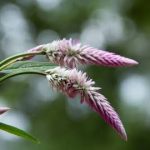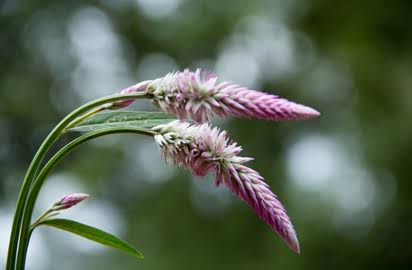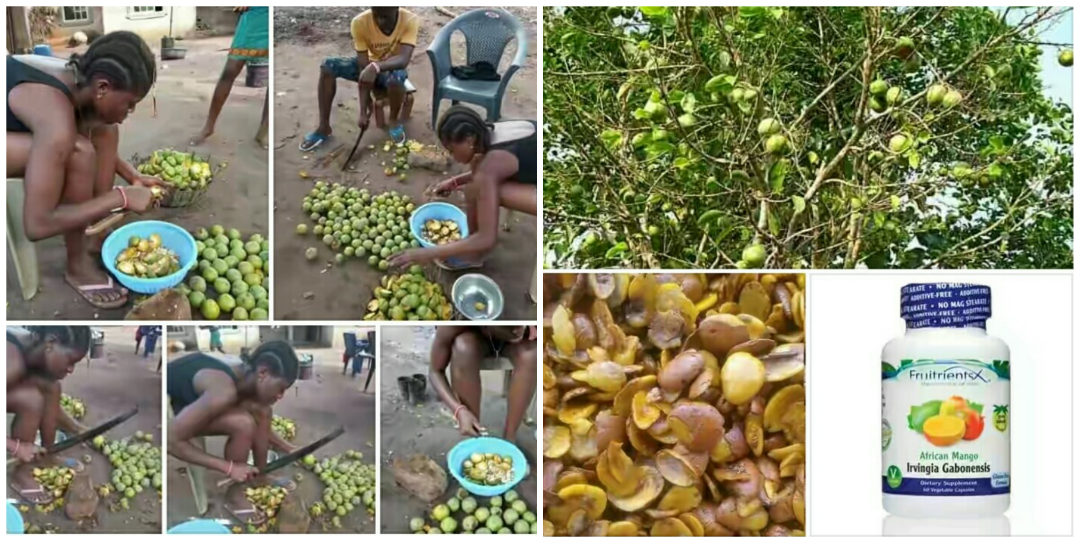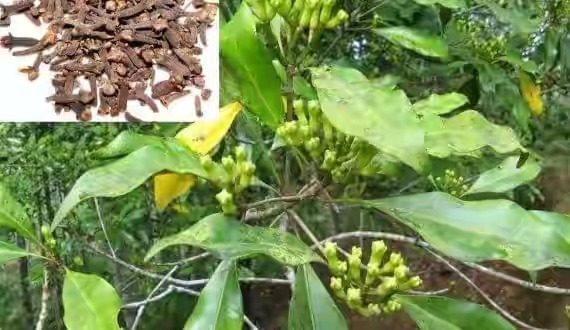Achyranthes aspera (Amaranthaceae) or Rough Chaff tree or Háƙóóríí or Háƙóórín màcììjìì (Hausa) and its traditional uses, especially in India
Herbal medicines have a strong traditional or conceptual base and the potential to be useful as drugs in terms of safety and effectiveness leads for treating different diseases. World Health Organization (WHO) has made an attempt to identify all medicinal plants used globally and listed more than 20,000 species.
According to WHO, more than 80% of the world’s population relies on traditional herbal medicine for their primary health care. Plants continue to serve as possible sources for new drugs and chemicals derived from various parts of plants. In recent time there has been a marked shift towards herbal cures because of the pronounced cumulative and irreversible reactions of modern drugs.
However, due to over population, urbanization and continuous exploitation of these herbal reserves, the natural resources along with their related traditional knowledge are depleting day by day. In the present era of drug development and discovery of newer drug molecules many plant products are evaluated on the basis of their traditional uses. One of the many plants which are being evaluated for their therapeutic efficacies is Achyranthes aspera.
Health benefits of Achyranthes aspera
It is an erect or procumbent, annual or perennial herb, 1-2 in height, often with a woody base, commonly found as a weed of waysides on roadsides. The plant is widespread in Baluchistan, Ceylon, Tropical Asia, Africa, Australia and America. Although it has many medicinal properties, it is particularly used as a spermicidal, antipyretic and cardiovascular agent in India. All of its parts are used in traditional systems of medicines, but the seeds, roots and shoots are the most important parts which are used medicinally.
Traditionally, in India, the plant is used in asthma and cough. It is pungent, anti-phlegmatic, anti-periodic, diuretic, purgative and laxative, useful in oedema, dropsy and piles, boils and eruptions of skin etc. Crushed plant is boiled in water and is used in pneumonia. Infusion of the root is a mild astringent in bowel complaints.
The flowering spikes or seeds, ground and made into a paste with water, are used as external application for bites of poisonous snakes and reptiles, used in night blindness and cutaneous diseases. For snake bites the ground root is given with water until the patient vomits and regains consciousness.
Inhaling the fume of Achyranthes aspera mixed with Smilax ovalifolia roots is suggested to improve appetite and to cure various types of gastric disorders. It is useful in haemorrhoids, leaves and seeds are emetic, carminative, resolve swelling, digestive and expel phlegm. Ash of the plant is applied externally for ulcers and warts.

Credit: 1mg
The crushed leaves rubbed on aching back to cure strained back. A fresh piece of root is used as tooth brush. Paste of the roots in water is used in ophthalmia and opacities of the cornea (eye diseases). Paste of fresh leaves is used for alleviating pain from bite of wasps. The plant is useful in liver complaints, rheumatism, scabies and other skin diseases. It also possesses tranquillizing properties.
These are the thoughts of:
Sa’eed Halilu Bawa
Senior Lecturer (Associate Professor) at University of the West Indies, St. Augustine Campus, Trinidad.
Studied Food and Nutrition Sciences, Dietetics at Kaduna Polytechnic, Nigeria; Warsaw University of Life Sciences, Poland.
























